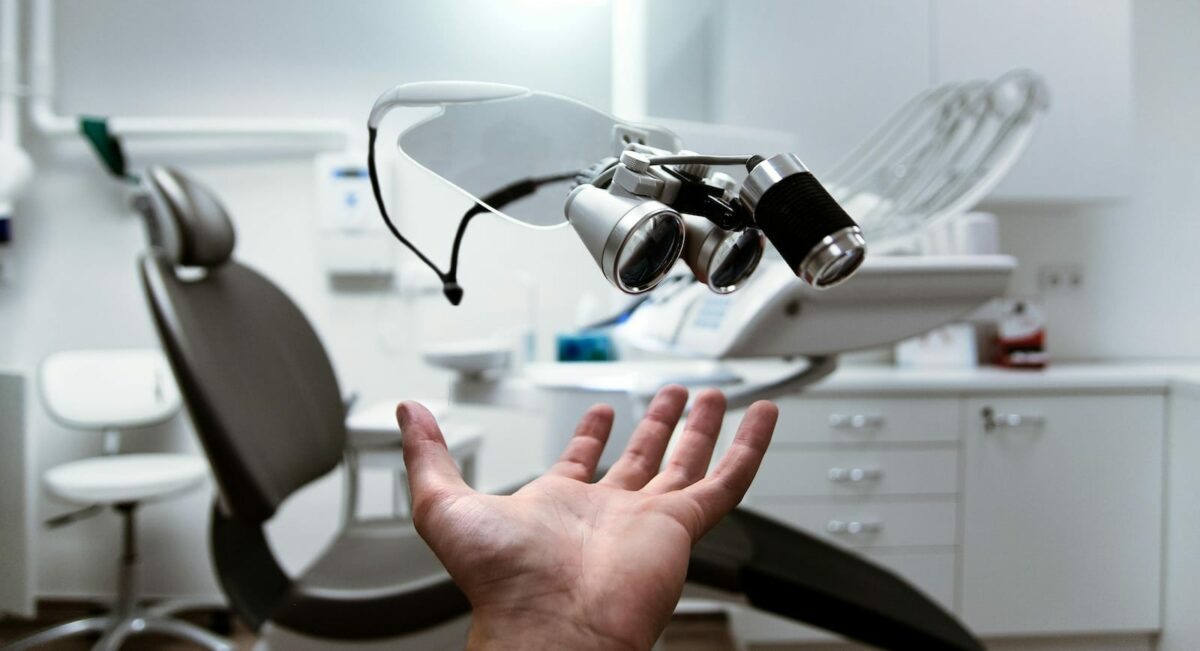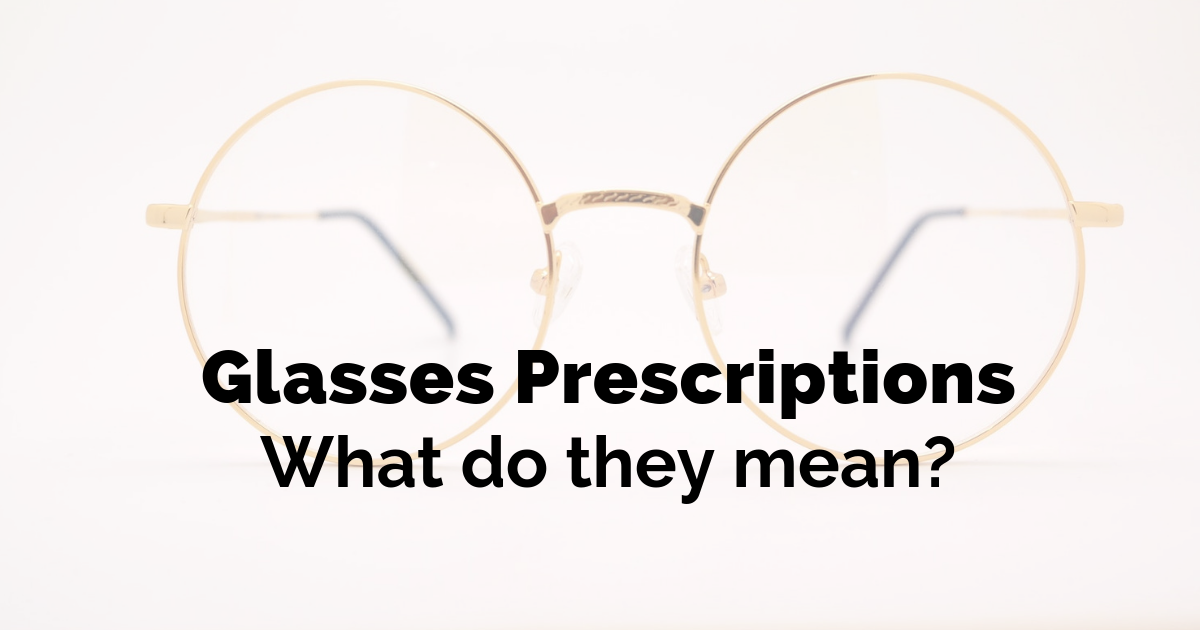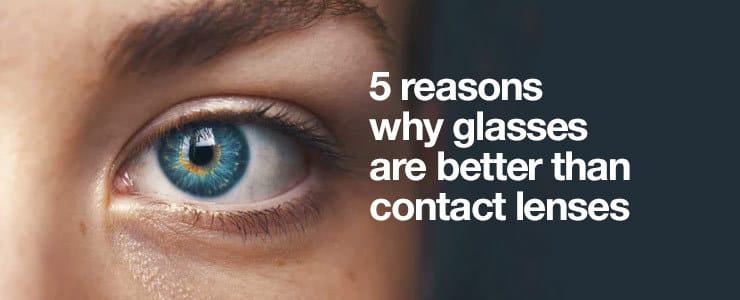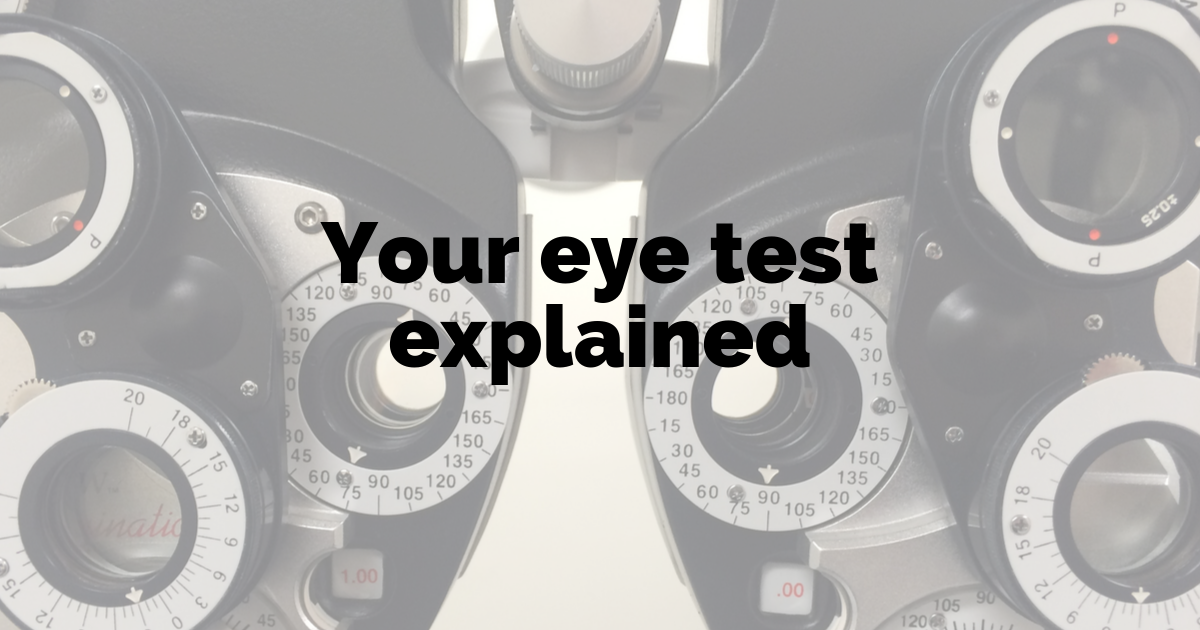Glaucoma, often referred to as the “silent thief of sight,” is a group of eye conditions that can lead to irreversible vision loss if left untreated. This progressive optic neuropathy damages the optic nerve, typically due to an increase in intraocular pressure (IOP), ultimately impairing the transmission of visual signals from the eye to the brain. Despite being asymptomatic in its early stages, glaucoma can gradually steal one’s vision, making regular eye examinations crucial for early detection and intervention. We apologise in advance if things get a bit technical. This article was a bit more difficult to write due to the technical terms used. As always, we here at Arlo Wolf are not doctors so please do consult your own doctor for advice. This article is only meant to help people understand glaucoma better.
Types of Glaucoma
- Primary Open-Angle Glaucoma (POAG): This is the most common form of glaucoma and typically develops gradually over time. POAG occurs when the drainage angle of the eye becomes less efficient, leading to a gradual increase in intraocular pressure.
- Angle-Closure Glaucoma: Unlike POAG, angle-closure glaucoma involves a sudden and severe increase in intraocular pressure. This occurs when the iris blocks the drainage angle of the eye, preventing the outflow of aqueous humor.
- Normal-Tension Glaucoma: In this type of glaucoma, optic nerve damage occurs despite normal intraocular pressure levels. The exact cause of normal-tension glaucoma remains unclear, but it is believed to be related to poor blood flow to the optic nerve.
- Secondary Glaucoma: Secondary glaucoma develops as a result of another eye condition, such as eye trauma, inflammation, or advanced cataracts. It can also be caused by certain medications or systemic diseases.
Symptoms of Glaucoma
In the early stages, glaucoma typically presents no noticeable symptoms, earning it the moniker of the “silent thief of sight.” However, as the condition progresses, individuals may experience:
- Gradual loss of peripheral vision (tunnel vision)
- Blurred vision
- Halos around lights
- Severe eye pain
- Nausea and vomiting (in cases of acute angle-closure glaucoma)
Given the insidious nature of glaucoma, routine eye examinations are essential for detecting the condition early, especially for those at higher risk, such as individuals with a family history of glaucoma, advanced age, or certain medical conditions like diabetes.
Treatment Options
The goal of glaucoma treatment is to prevent further damage to the optic nerve and preserve vision. Treatment may include:
- Medication: Eye drops or oral medications can help reduce intraocular pressure by either decreasing the production of aqueous humour or improving its drainage from the eye.
- Laser Therapy: Procedures such as selective laser trabeculoplasty (SLT) or laser peripheral iridotomy (LPI) can help improve the drainage of aqueous humour, thereby lowering intraocular pressure.
- Surgery: In cases where medications and laser therapy are ineffective, surgical interventions like trabeculectomy or minimally invasive glaucoma surgeries (MIGS) may be recommended to create a new drainage pathway for aqueous humour.
- Lifestyle Modifications: Adopting a healthy lifestyle, including regular exercise, a balanced diet, and avoiding smoking, can help manage intraocular pressure and slow the progression of glaucoma.
In conclusion, glaucoma is a sight-threatening condition that demands proactive management and regular monitoring. By understanding its types, recognizing potential symptoms, and exploring available treatment options, individuals can take proactive steps to preserve their vision and maintain eye health for years to come. Regular eye examinations remain paramount in the early detection and management of glaucoma, underscoring the importance of proactive eye care in safeguarding one’s vision.

 What does my glasses prescription mean?
What does my glasses prescription mean? 5 reasons why glasses are better than contact lenses
5 reasons why glasses are better than contact lenses Your eye test explained
Your eye test explained How to beat screen fatigue and care for your eyes
How to beat screen fatigue and care for your eyes